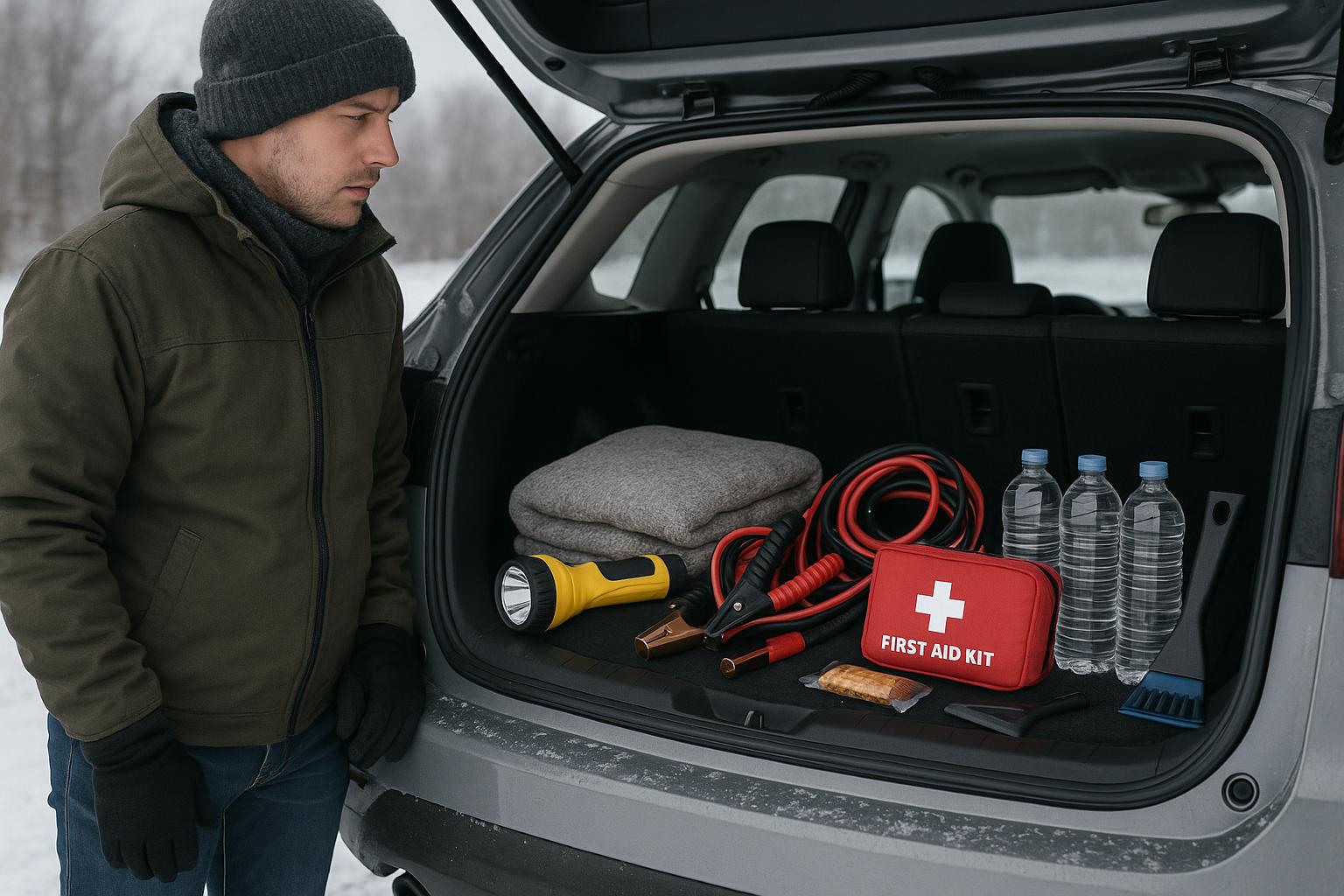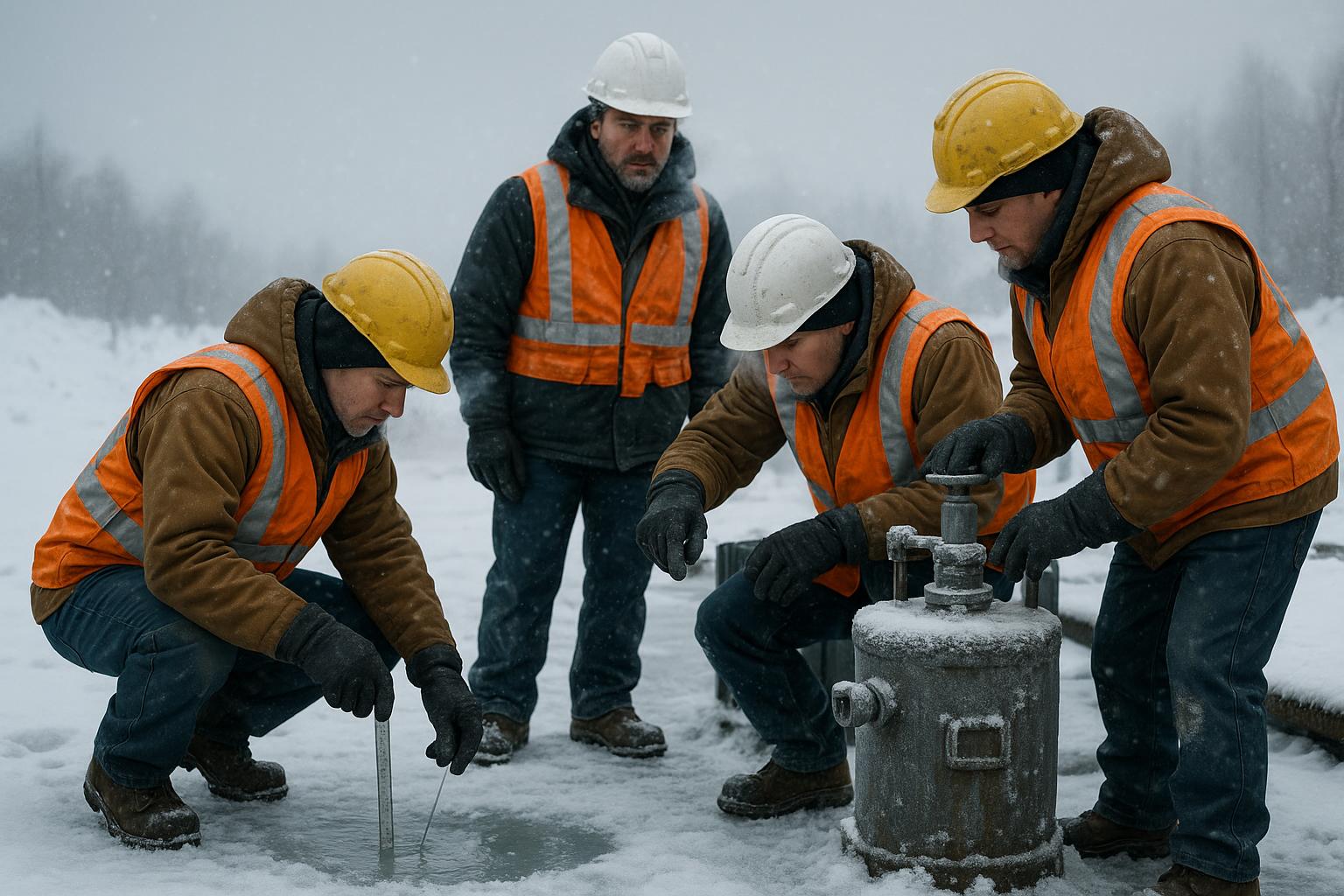A cluttered workplace isn’t just an eyesore—it’s a serious safety hazard. Excess materials, misplaced tools, and general disorganization can lead to slips, trips, and falls, fire hazards, and obstructed emergency exits, all of which put employees at risk. That’s why decluttering for safety should be a priority in every workplace.
Decluttering is about more than just cleaning—it’s about creating a systematic approach to organization that ensures everything has a place and that hazardous conditions are eliminated. Today, we’ll explore the dangers of workplace clutter, best practices for organizing materials and tools, and how decluttering enhances overall workplace safety and emergency preparedness.
The Dangers of Excess Materials and Poor Storage
Many workplaces, from offices to warehouses and construction sites, struggle with clutter and disorganization, leading to multiple safety risks:
- Slips, Trips, and Falls: Loose cables, boxes, tools, or improperly stored materials in walkways create trip hazards.
- Fire Hazards: Piles of paper, flammable chemicals, and obstructed ventilation can fuel fires and make them spread faster.
- Blocked Emergency Exits: Clutter near exit doors, fire extinguishers, or emergency equipment can slow down evacuation in a crisis.
- Decreased Efficiency and Productivity: Workers spend extra time searching for tools, materials, or documents in a cluttered workspace.
By decluttering and organizing work areas, businesses can dramatically improve workplace safety, efficiency, and emergency response times.
Best Practices for Decluttering and Organization
Implement the “A Place for Everything” System
- Assign specific locations for tools, equipment, and materials.
- Use labels and storage bins to make it easy to find and return items.
- Encourage employees to clean as they go, returning items to their designated spots.
Reduce Unnecessary Items
- Remove outdated documents, excess inventory, or broken tools that are no longer in use.
- Set up a regular schedule for sorting and disposing of unneeded materials.
Ensure Clear Walkways and Workspaces
- Keep walkways, aisles, and exits clear of obstacles.
- Avoid stacking materials near high-traffic areas.
- Routinely check and remove items that don’t belong in work zones.
Minimize Fire Hazards
- Store flammable materials in approved cabinets away from heat sources.
- Regularly clean dust buildup in areas where combustible materials are used.
- Never allow clutter to block sprinklers, fire alarms, or extinguishers.
Use Proper Storage Solutions
- Use wall racks, shelving, and tool cabinets to keep items off the floor.
- Stack materials securely to prevent them from falling over.
- Organize electrical cords and cables to prevent trip hazards.
Conduct Routine Safety Checks
- Schedule weekly or monthly inspections to ensure work areas remain clutter-free.
- Encourage employees to report clutter hazards before they cause an accident.
- Train workers on proper storage and organizational habits to maintain safety.
Stats to Support the Importance of Decluttering
- Slips, trips, and falls are responsible for 35% of workplace injuries, many of which are caused by clutter and poor organization. (Source: National Safety Council, 2023)
- OSHA reports that blocked emergency exits contribute to 25% of workplace fire-related deaths because employees cannot evacuate quickly enough. (Source: OSHA, 2022)
- Workplaces that implement a structured decluttering and organizational system reduce workplace injuries by 30% and increase productivity by 15%. (Source: Bureau of Labor Statistics, 2023)
- The NFPA (National Fire Protection Association) states that clutter increases fire spread rates by 40%, making fires more difficult to contain. (Source: NFPA, 2021)
These statistics highlight the critical need for decluttering and organization in workplace safety programs.
How to Use This Information in Your Workplace
Decluttering for safety isn’t a one-time event—it’s an ongoing commitment. Here’s how you can take action today:
Assess Your Work Area for Clutter
- Walk through your workplace and identify areas where clutter has accumulated.
- Look for blocked exits, trip hazards, or excessive materials stored improperly.
Create an Organization and Cleanup Plan
- Implement daily or weekly cleaning routines to maintain a clutter-free environment.
- Assign designated storage locations for tools, equipment, and documents.
Promote a Clean-as-You-Go Culture
- Encourage employees to return tools and materials to their proper places after use.
- Reinforce the habit of cleaning up spills, removing unnecessary items, and reporting hazards immediately.
Train Employees on Decluttering Best Practices
- Conduct regular safety meetings focused on organization and housekeeping.
- Remind employees of the impact clutter has on fire safety, trip hazards, and emergency response.
Monitor and Continuously Improve
- Perform regular safety audits to ensure all work areas remain clear and organized.
- Adjust organizational systems as needed to improve efficiency and safety.
By actively working to eliminate clutter, improve organization, and maintain a hazard-free workplace, employees can reduce accident risks, increase efficiency, and promote a culture of safety that benefits everyone.
Decluttering is more than just cleaning—it’s a proactive step toward workplace safety and efficiency. Clutter leads to increased injury risks, fire hazards, and inefficiencies that affect both employees and businesses.
By keeping workspaces organized, implementing proper storage solutions, and maintaining clear walkways, workplaces can reduce accidents, improve emergency response times, and enhance overall productivity.
Take the first step today—assess your work area, remove unnecessary clutter, and commit to maintaining a clean and safe workplace. Small daily efforts add up to a safer, more efficient work environment for everyone.



